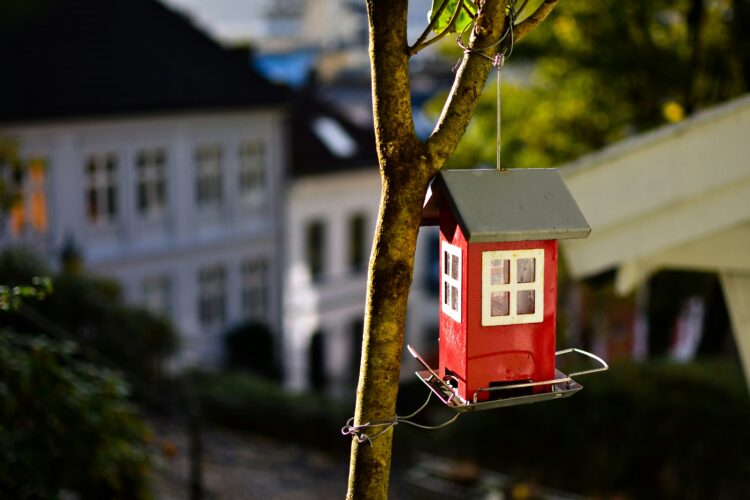Introduction
Home and garden are more than just spaces; they are reflections of our personalities and lifestyles. A well-designed home creates comfort and warmth, while a beautiful garden serves as a serene escape from the hustle and bustle of everyday life. This guide will explore tips and ideas for enhancing both your indoor and outdoor spaces.
Designing Your Home
1. Establishing a Theme
Start by defining a theme for your home. This could be modern, rustic, minimalist, or bohemian. Your theme will guide your choices in colors, furniture, and decor. For instance, a modern theme might feature clean lines, neutral colors, and metallic accents, while a rustic theme might incorporate natural materials like wood and stone.
2. Color Schemes
Colors can dramatically influence the mood of a space. Soft, muted colors create a calming atmosphere, while bold colors can energize a room. Consider using a cohesive color palette throughout your home for a seamless look. Accent walls or colorful accessories can also add personality without overwhelming the space.
3. Furniture Arrangement
Arranging furniture effectively enhances flow and functionality. Consider the purpose of each room and arrange furniture to facilitate conversation and movement. For example, in a living room, place seating in a circular arrangement to encourage social interaction.
4. Incorporating Natural Elements
Bringing nature indoors can improve air quality and create a tranquil atmosphere. Incorporate houseplants, natural materials, and plenty of natural light. Large windows, mirrors, and light curtains can help maximize sunlight and make spaces feel more open and inviting.
Creating Inviting Outdoor Spaces
1. Planning Your Garden
A well-planned garden can be a stunning extension of your home. Begin by considering your available space, climate, and soil conditions. Create a layout that incorporates paths, flower beds, and possibly even a vegetable garden. Think about how you want to use the space: for relaxation, entertainment, or gardening.
2. Choosing Plants
Select plants that thrive in your climate and soil type. Incorporate a mix of perennials, annuals, and evergreens to ensure year-round interest. Consider using native plants, as they require less maintenance and provide habitat for local wildlife. Use taller plants for backgrounds and shorter ones for foregrounds to create depth.
3. Outdoor Living Spaces
Enhance your garden by creating outdoor living areas. A patio with comfortable seating can serve as a perfect spot for entertaining or relaxing. Add features like fire pits, pergolas, or outdoor kitchens to elevate your space. Incorporate weather-resistant furniture and cushions for durability.
4. Lighting
Garden lighting can transform your outdoor space after sunset. Use a combination of string lights, lanterns, and spotlights to highlight plants, pathways, and seating areas. Soft, warm lighting creates a cozy atmosphere, while brighter lights can be used for safety.
Sustainable Practices
1. Eco-Friendly Home
Embracing sustainability in your home can reduce your environmental impact. Consider energy-efficient appliances, LED lighting, and proper insulation. Use eco-friendly materials for renovations, such as bamboo flooring or recycled glass countertops.
2. Organic Gardening
In your garden, consider organic gardening practices. Avoid synthetic pesticides and fertilizers, opting instead for natural alternatives. Composting kitchen scraps and yard waste can enrich your soil and reduce waste. Planting a diverse range of crops can also promote a healthy ecosystem.
3. Water Conservation
Implement water-saving techniques, such as drip irrigation and rainwater harvesting. Choose drought-resistant plants that require less watering. Group plants with similar watering needs together to optimize water usage.
Maintenance Tips
1. Home Maintenance
Regular home maintenance is key to preserving the beauty and functionality of your space. Create a seasonal checklist that includes tasks like gutter cleaning, HVAC servicing, and checking for leaks. Addressing minor repairs promptly can prevent larger issues down the line.
2. Garden Care
A well-maintained garden thrives. Regularly water, weed, and mulch your plants to promote healthy growth. Pruning dead or diseased branches encourages new growth and keeps plants looking tidy. Keep an eye out for pests and diseases, and act quickly to prevent them from spreading.
Personal Touches
1. Decor and Accessories
Personalize your home with decor that reflects your style. Incorporate artwork, family photos, and unique accessories that tell your story. Don’t shy away from mixing textures and materials to create visual interest.
2. Seasonal Changes
Refresh your home and garden seasonally. Swap out decor items and change plant arrangements to reflect the current season. In fall, for example, add pumpkins and warm colors; in spring, opt for pastels and floral prints.
Conclusion
Creating a harmonious home and garden requires thoughtful planning and a personal touch. By establishing a cohesive theme, incorporating natural elements, and embracing sustainable practices, you can transform your spaces into inviting retreats that reflect your unique lifestyle. Whether you’re entertaining guests or enjoying quiet moments alone, a well-designed home and garden can enhance your quality of life.



No Comments
Leave Comment